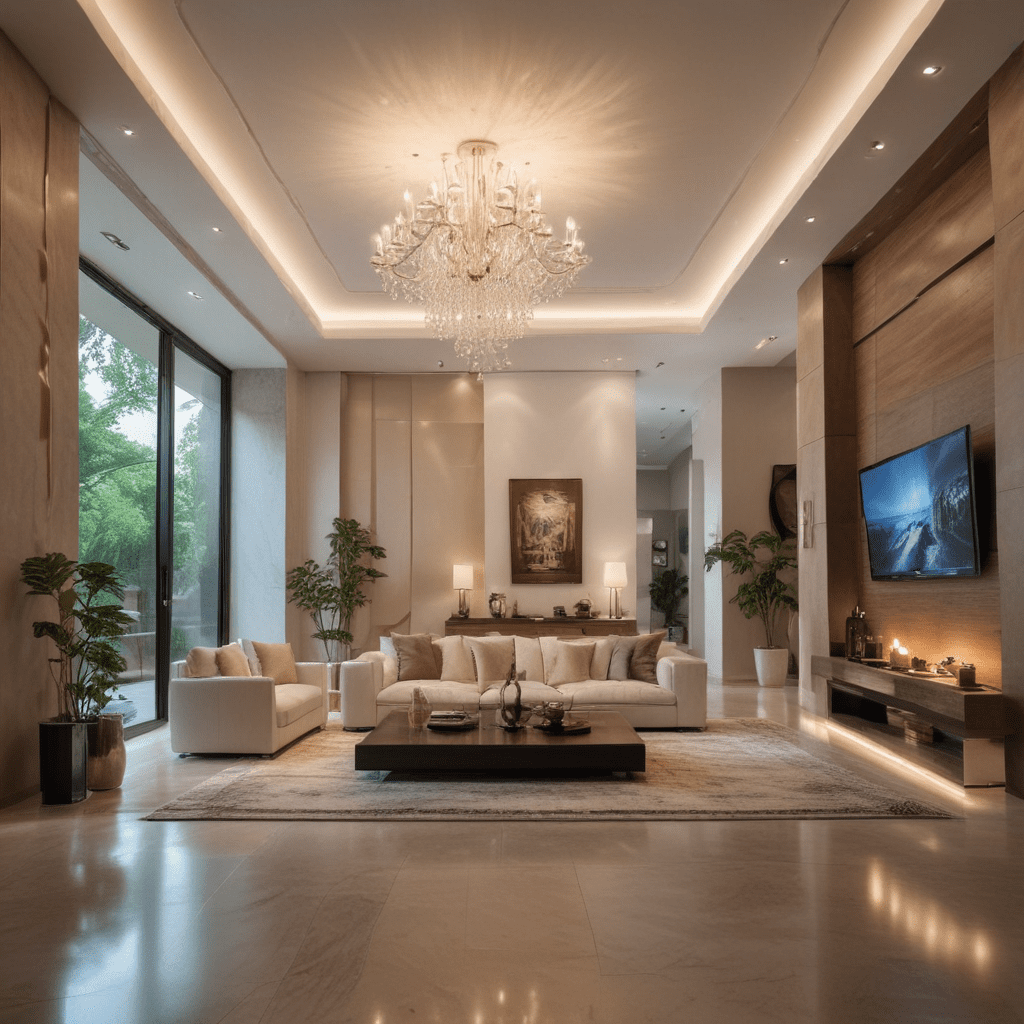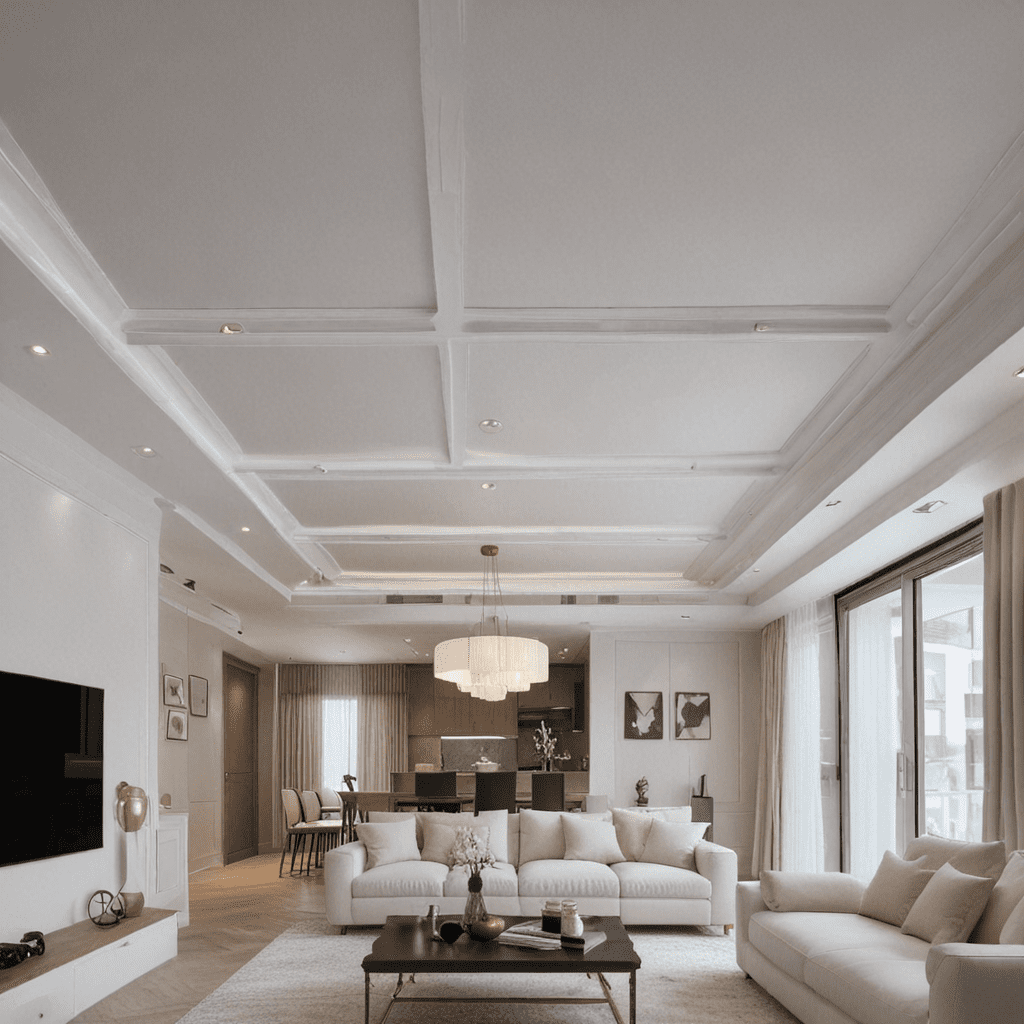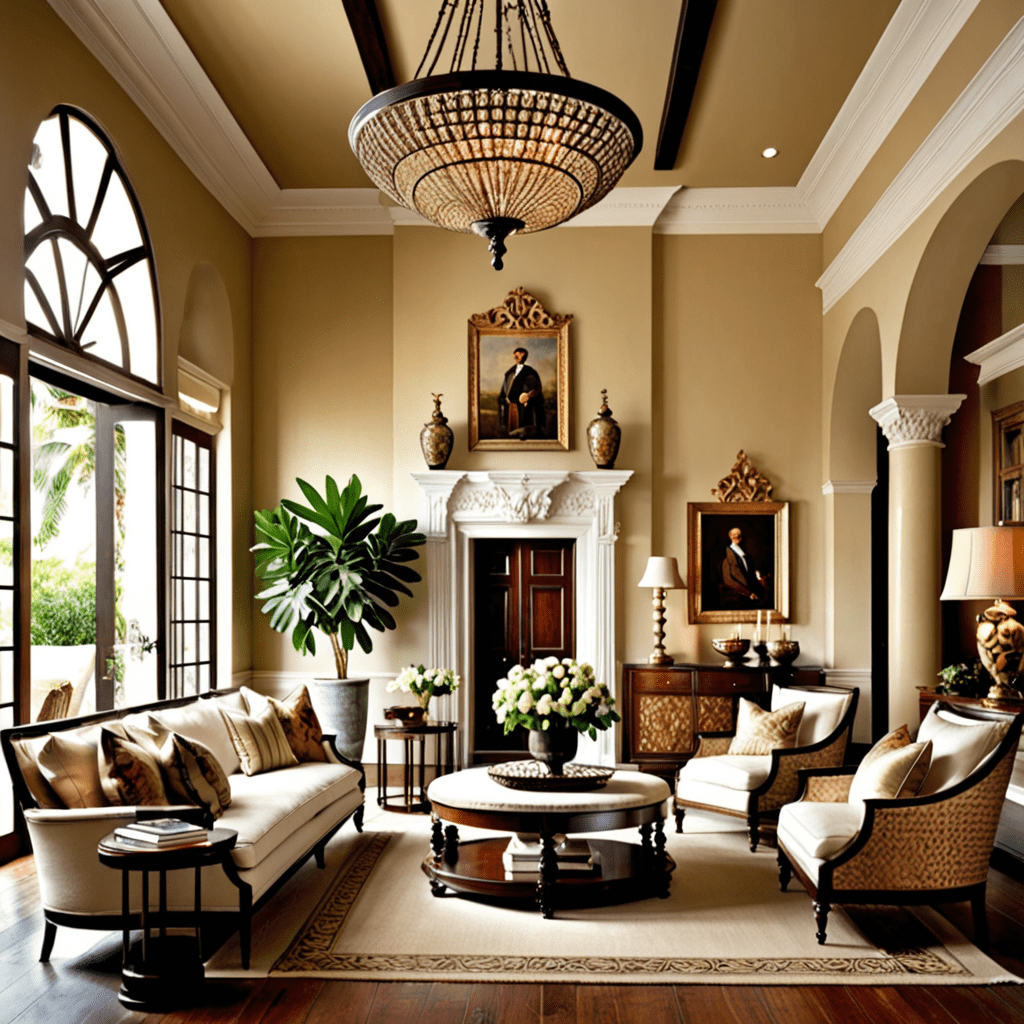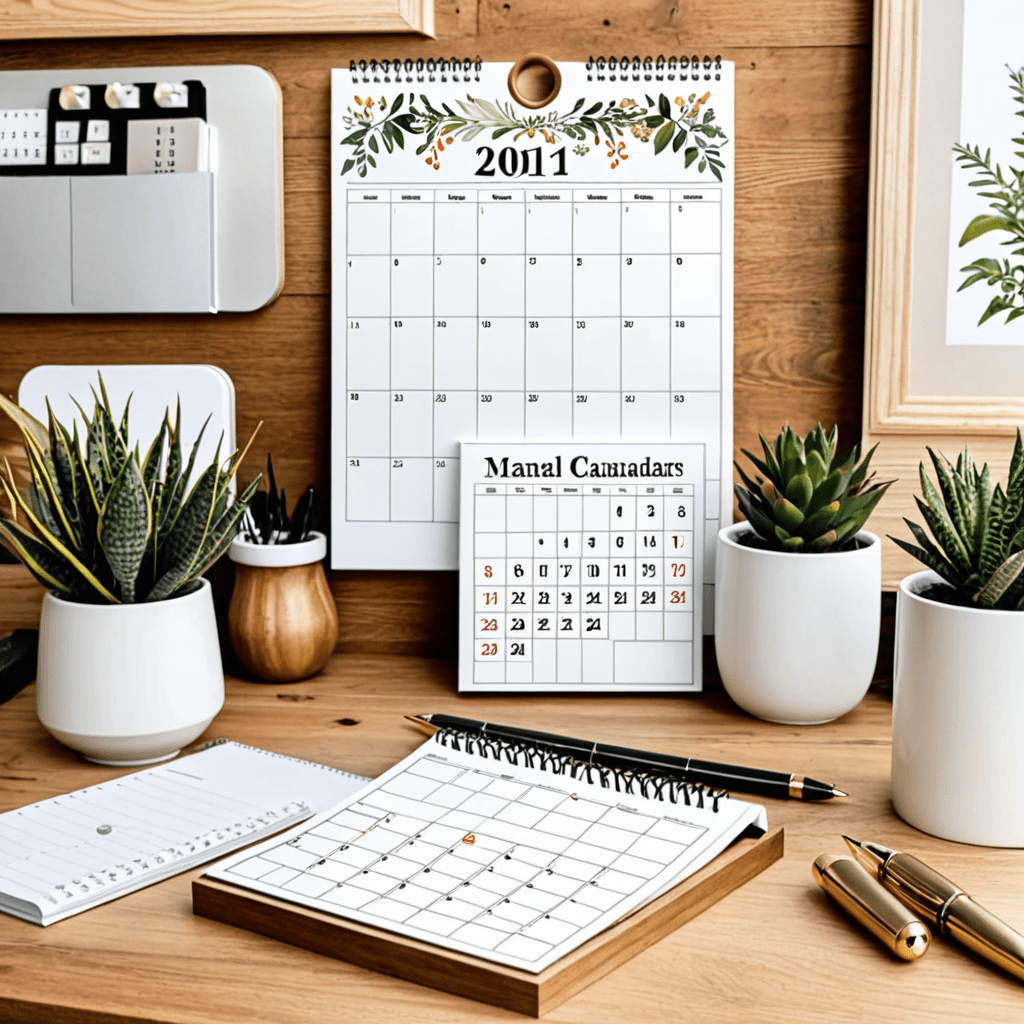In-floor Lighting: The Perfect Way to Brighten Up Your Home
Introduction to In-floor Lighting
Creating a comfortable and aesthetically pleasing living space is a top priority for many homeowners. One key element that often gets overlooked in interior design is lighting. While ceiling lights and table lamps are commonly used, in-floor lighting offers a unique and stylish way to illuminate your home. In this article, we will explore the benefits and key elements of in-floor lighting, as well as provide tips for selecting the perfect furniture pieces to complement this lighting style.
Key Elements of In-floor Lighting
In-floor lighting is more than just a functional lighting option—it is a design element that can enhance the overall ambiance of a room. Here are some key elements to consider when incorporating in-floor lighting into your space:
- Light Fixtures: In-floor lighting typically involves recessed fixtures that are installed directly into the floor. These fixtures can come in various shapes and sizes, allowing you to choose the ones that best fit your design aesthetic.
- Lighting Angles: The positioning of in-floor light fixtures can greatly impact the look and feel of a room. Angling the lights towards walls or focal points can create interesting shadows and highlights, adding depth and visual interest to the space.
- Color Temperature: When selecting light bulbs for your in-floor fixtures, consider the color temperature. Warmer tones (around 2700-3000 Kelvin) create a cozy and inviting atmosphere, while cooler tones (around 4000-5000 Kelvin) provide a more energizing and modern feel.
Dimmers: Installing dimmer switches for your in-floor lighting allows you to adjust the brightness according to your needs and mood. This flexibility can be especially useful for creating a cozy ambiance in the evenings or for highlighting artwork or architectural features.
Safety Measures: In-floor lighting should be installed with safety in mind. Make sure the fixtures and wiring are properly insulated and protected to prevent any accidents. Additionally, consider using LED bulbs, which are energy-efficient and generate less heat compared to traditional incandescent bulbs.
Tips for In-floor Lighting
Now that we’ve covered the key elements, here are some practical tips for selecting furniture pieces that complement in-floor lighting:
- Consider Size: In-floor lighting can make a statement, so it’s important to choose furniture pieces that won’t overpower the space. Opt for sleek and streamlined designs that allow the lighting to take center stage.
Match Styles: Ensure that your furniture aligns with the overall style and theme of the room. For example, if you have a modern and minimalist space, choose furniture with clean lines and contemporary finishes, while a more traditional setting may call for pieces with ornate detailing and classic shapes.
Functionality: In addition to aesthetics, consider the functionality of your furniture pieces. For example, if you plan to use the in-floor lighting for reading in a cozy nook, make sure to incorporate a comfortable chair or a small side table for convenience.
Placement: Take into account the placement of your furniture in relation to the in-floor lighting fixtures. Avoid blocking the light and ensure that the furniture arrangement allows for an even distribution of illumination throughout the room.
Experiment with Materials: In-floor lighting can create stunning effects when paired with certain materials. Consider furniture pieces made of glass, acrylic, or other translucent materials that can interact with the light, casting beautiful shadows and reflections.
FAQ about In-floor Lighting
Question 1: How do I choose the right light bulb for my in-floor lighting?
- Answer: When selecting light bulbs, consider the color temperature, as mentioned earlier. Additionally, opt for LED bulbs as they are energy-efficient, have a long lifespan, and emit less heat, making them a safer option for in-floor lighting.
Question 2: Can in-floor lighting be installed in any type of flooring?
- Answer: In-floor lighting can be installed in various types of flooring, including hardwood, tile, and concrete. However, it’s crucial to consult with a professional electrician or contractor to ensure the proper installation and to avoid any damage to the flooring.
Question 3: Are there any safety concerns associated with in-floor lighting?
- Answer: Safety is an important consideration when installing in-floor lighting. Ensure that the fixtures and wiring are installed by a qualified professional, and that they meet all safety requirements. Additionally, avoid placing furniture or heavy objects directly on top of the fixtures to prevent damage.
Question 4: Can in-floor lighting be used outdoors?
- Answer: Yes, in-floor lighting can be a great addition to outdoor spaces, such as patios or decks. However, outdoor installations require weatherproofing and additional safety measures to protect against moisture and other environmental factors.
Question 5: How can I incorporate in-floor lighting into a small space?
- Answer: In smaller rooms, in-floor lighting can create a sense of openness and make the space appear larger. Opt for recessed fixtures that are strategically placed near walls or corners to maximize the illumination without taking up valuable floor space. Additionally, choose furniture pieces that are visually lightweight and have a smaller footprint to maintain a sense of openness.
In-floor lighting is not only a functional lighting solution but also a design feature that can elevate the overall aesthetic of your home. By understanding the key elements, following our tips for furniture selection, and considering safety measures, you can create a well-lit and visually stunning space that truly reflects your personal style. So why settle for traditional lighting options when you can bring a touch of elegance and sophistication to your living space with in-floor lighting?





